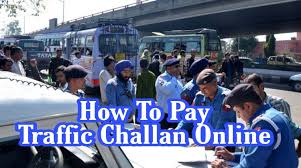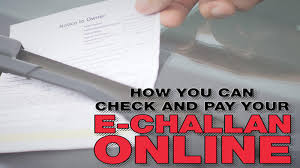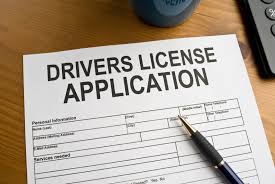According to the release, these fraudulent links have been identified as a gateway for cybercriminals to gain unauthorised access to individuals’ bank accounts.
The ministry has urged individuals not to click on any links received through text messages, particularly those related to traffic challans. The release emphasises that these links, once clicked upon, can expose individuals to the risk of having their bank accounts compromised.
Also Read - E-Challan - How-to Pay your Traffic Challan Online
Upon clicking the malicious link, individuals are redirected to counterfeit websites that imitate traffic police platforms.
#TrafficFines #FakeEChallan #India #staysafeonline #cybersecurity #g20india #g20org #g20summit #besafe #staysafe #ssoindia #meity #mygovindia
These counterfeit websites are designed to extract sensitive personal and financial information from victims. Once on the fraudulent website, victims are prompted to enter their online banking credentials, thereby providing the scammer direct access to their accounts. In more severe cases, the scammers may gain unauthorised access to the victim’s device, potentially leading to more significant security breaches.
To ensure the safety and security of citizens, the ministry strongly advises against clicking on any links received via text messages, especially those requesting payment for traffic rule violations.
If individuals wish to verify the authenticity of an e-challan, it is recommended to visit the official government portal directly. Also, no e-challan will come from a normal cellphone number.
Also Read :- Check Status of your Traffic e-Challan Online
According to police, scammers have meticulously copied the format used by traffic authorities. However, a close examination can help us spot the trap. The payment link in e-challans is https://echallan.parivahan.gov.in/. The scammers use links that read very similar, and a casual glance can miss the difference. https://echallan.parivahan.in/ is an example. An actual e-challan payment link will end with "gov.in".
“Your challan No. is XXXXXXXX for XXXXXXXX having a total challan amount as Rs 500. For online payment visit: https://echallanparivahan.in/ you can also contact RTO office for disposal of challan. Regards, RTO.”
What if you fall prey to it?
- Contact the authorities immediately.
- immediately call of action should be to dial 1930 – the National Cyber Crime Reporting Portal.
- Next, quickly file a complaint at www.cybercrime.gov.in.














